Places to see/visit in Munich ?The city is known for its annual Oktoberfest celebration and its beer halls. In the Altstadt (Old Town), central Marienplatz square contains landmarks such as Neo-Gothic Neues Rathaus (town hall), with a popular glockenspiel show that chimes and reenacts stories from the 16th century.
The name in modern German is München, but this has been variously translated in different languages: in English, French and various other languages as “Munich”, in Italian as “Monaco di Baviera”, in Portuguese as “Munique”.
About 45% of Munich’s residents are not affiliated with any religious group this ratio represents the fastest growing segment of the population. Munich’s economy is based on high tech, automobiles, the service sector and creative industries, as well as IT, biotechnology, engineering and electronics among many others.
Places to see/visit in Munich !
- The Olympic Park
- Michaelskirche
- Tierpark Hellabrunn
- Theatine Church of St. Cajetan
- BMW Museum
- Viktualienmarkt
- Deutsches Museum
- Cuvilliés Theater
- Nymphenburg
- Peterskirche
- Englischer Garten
- Asamkirche
- Frauenkirche
- Marienplatz and the Neues Rathaus
- Munich Residenz
Also read – Places to see/visit in Berlin !December 8, 2020
The Olympic Park
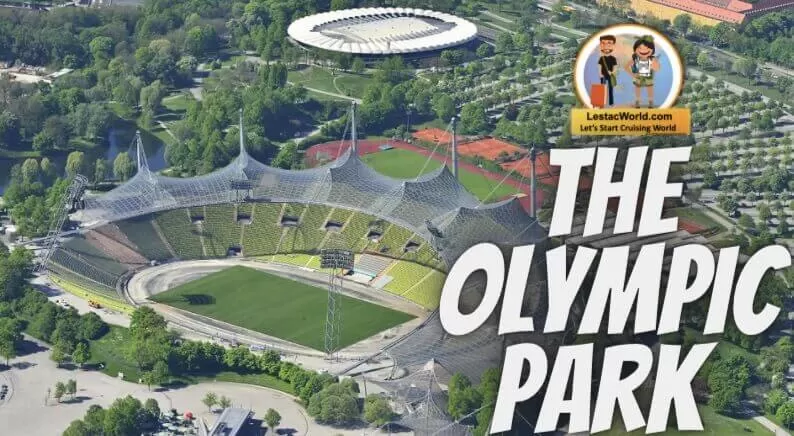
The Olympiapark München in Munich, Germany, is an Olympic Park which was constructed for the 1972 Summer Olympics. Located in the Oberwiesenfeld neighborhood of Munich, the Park continues to serve as a venue for cultural, social, and religious events, such as events of worship. It includes a contemporary carillon. Know more at Wikipedia
Michaelskirche
St. Michael’s is a Jesuit church in Munich, southern Germany, the largest Renaissance church north of the Alps. The style of the building had an enormous influence on Southern German early Baroque architecture.
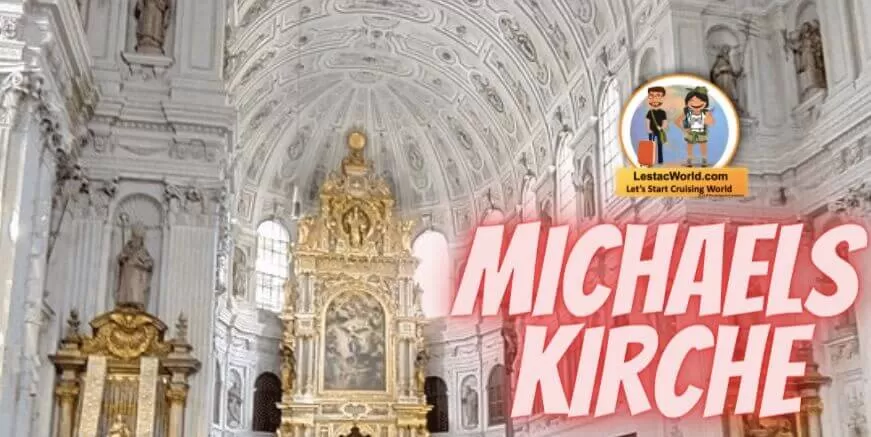
We recommend booking Michaelskirche tours ahead of time to secure your spot. If you book with Tripadvisor, you can cancel up to 24 hours before your tour starts for a full refund. Know More atWikipedia
Tierpark Hellabrunn
Hellabrunn Zoo is a 40 hectare zoological garden in the Bavarian capital of Munich. The zoo is situated on the right bank of the river Isar, in the southern part of Munich near the quarter of Thalkirchen. A high ratio of enclosures are cageless, relying upon moat features to keep the animals in place. Know More Wikipedia

Theatine Church of St. Cajetan
The Theatine Church of St. Cajetan is a Catholic church in Munich, southern Germany. Built from 1663 to 1690, it was founded by Elector Ferdinand Maria and his wife, Henriette Adelaide of Savoy, as a gesture of thanks for the birth of the long-awaited heir to the Bavarian crown, Prince Max Emanuel, in 1662. Know More Wikipedia
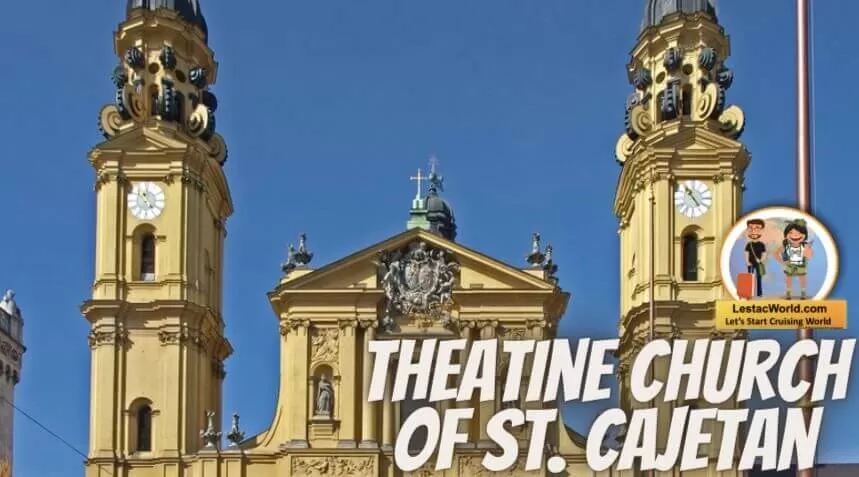
BMW Museum
The BMW Museum is an automobile museum of BMW history located near the Olympiapark in Munich, Germany. The museum was established in 1973, shortly after the Summer Olympics opened. From 2004 to 2008, it was renovated in connection with the construction of the BMW Welt, directly opposite.
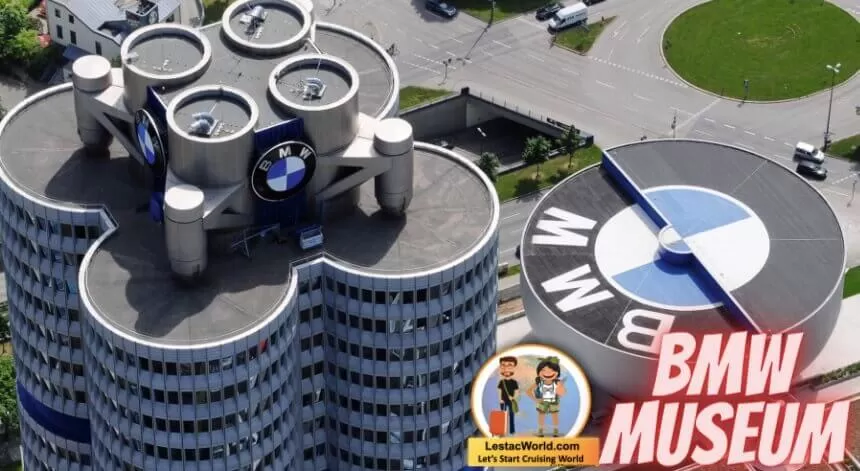
The BMW Group PlantMunichis the parent plant of the BMW Group. It is located in the north ofMunichin the immediate vicinity of the Group headquarters, theBMW MuseumandBMW Welt.Know More atWikipedia
Viktualienmarkt
The Viktualienmarkt is a daily food market and a square in the center of Munich, Germany. The Viktualienmarkt developed from an original farmers’ market to a popular market for gourmets.
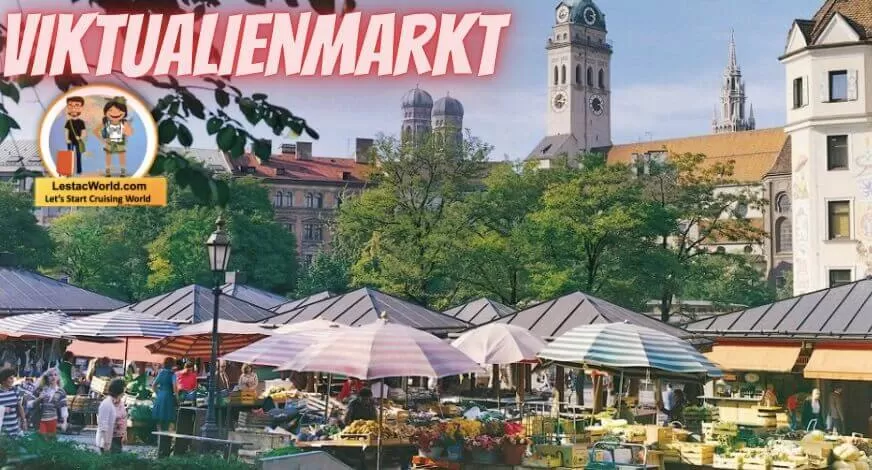
Most stalls and shops are open during the official opening hours (Monday to Saturday 8 a.m. until 8 p.m.); but the Biergarten doesn’t open until 9 a.m. Many stalls close at 6 p.m., before the standard closing time. There are special opening hours for flower shops, bakeries and restaurants.Wikipedia
Deutsches Museum
Masterpieces of Science and Technology. Artificial lightning, a replica of a mineshaft and the star show in the planetarium. In the more than 30 exhibitions covering 25,000 square metres of floor space, you’ll find a wealth of masterpieces of science and technology.

The Deutsches Museum in Munich, Germany, is the world’s largest museum of science and technology, with about 28,000 exhibited objects from 50 fields of science and technology. It receives about 1.5 million visitors per year.Wikipedia
Cuvilliés Theater
Due to limited space the National Theatre Munich was built next to the Residence Theatre from 1811. The interior decoration was then removed under King Ludwig I (reg. 1825–1848) when the building became a depot for the National Theatre, but the Residence Theatre was already restored and re-opened in 1857 under King Maximilian II.
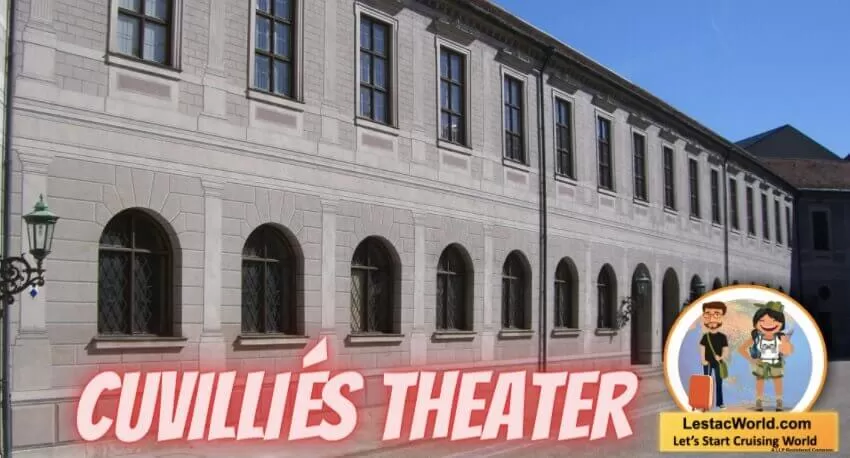
Though the theatre was bombed during World War II, the carved and gilded boxes could be reused for they had been dismantled before and stored for security.
Nymphenburg
The Nymphenburg Palace is a Baroque palace situated in Munich’s western district Neuhausen-Nymphenburg, in Bavaria, southern Germany. Combined with the adjacent Nymphenburg Palace Park it constitutes one of the premier royal palaces of Europe. Its frontal width of 632 m even surpasses Versailles Palace.

The simple cube-shaped building, begun in1664, was enlarged under Max Emanuel and Karl Albrecht from plans by Enrico Zuccalli and Joseph Effner. Know more at Wikipedia
Peterskirche
St Peter’s Church is a Roman Catholic parish church in the inner city of Munich, southern Germany. Its 91-metre tower is commonly known as “Alter Peter”—Old Pete—and is emblematic of Munich. St Peter’s is the oldest recorded parish church in Munich and presumably the originating point for the whole city.

Nearby isPeterskirche(1169),Munich’soldest church, which was completely destroyed in World War II but subsequently rebuilt in its original form. Know More at Wikipedia
Englischer Garten
The Englischer Garten is a large public park in the centre of Munich, Bavaria, stretching from the city centre to the northeastern city limits. It was created in 1789 by Sir Benjamin Thompson, later Count Rumford, for Prince Charles Theodore, Elector of Bavaria. Know more at Wikipedia
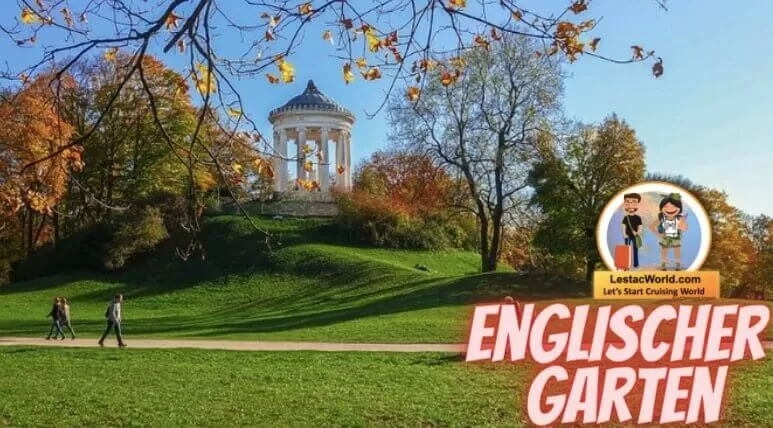
Asamkirche
St. Johann Nepomuk, better known as the Asam Church, is a Baroque church in Munich, southern Germany, built from 1733 to 1746 by the brothers, sculptor Egid Quirin Asam, and painter Cosmas Damian Asam as their private church.
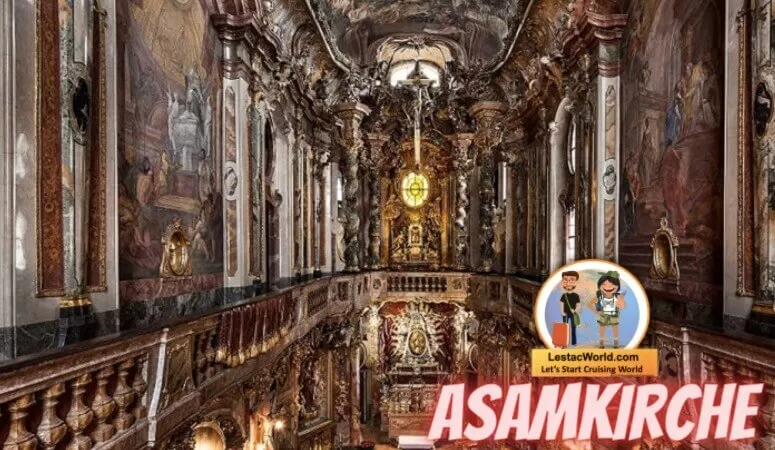
Officially called the Church of Saint Johann Nepomuk, the church is better known as Asamkirche (or Asam Church) in their honor. It was built between 1733 and 1746, and was intended to be their own gilded spiritual retreat, but the public wanted in. Eventually it opened to all. Know more at Wikipedia
Frauenkirche
It is a Lutheran church in Dresden, the capital of the German state of Saxony. An earlier church building was Catholic until it became Protestant during the Reformation.
The old church was replaced in the 18th century by a larger Baroque Lutheran building. It is considered an outstanding example of Protestant sacred architecture, featuring one of the largest domes in Europe.
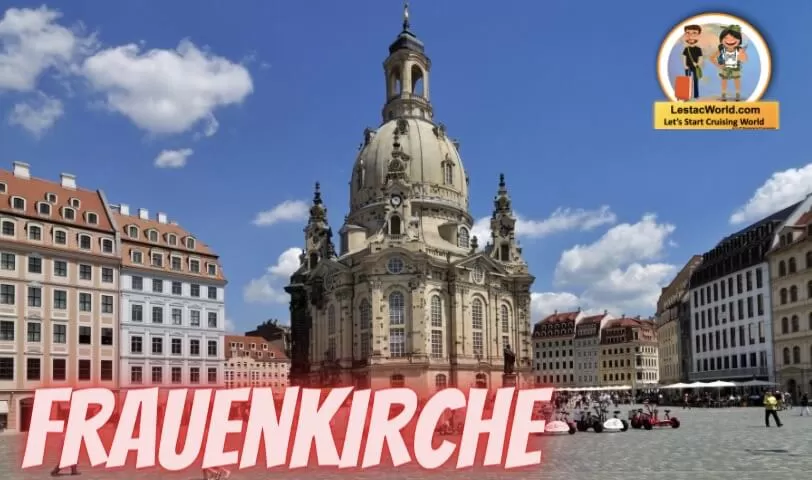
It was originally built as a sign of the will of the citizens of Dresden to remain Protestant after their ruler had converted to Catholicism. It now also serves as a symbol of reconciliation between former warring enemies.Also read more at Wikipedia
Marienplatz and the Neues Rathaus
The New Town Hall is a town hall at the northern part of Marienplatz in Munich, Bavaria, Germany. It hosts the city government including the city council, offices of the mayors and a small portion part of the administration. In 1874 the municipality had left the Old Town Hall for its new domicile. Know more at Wikipedia
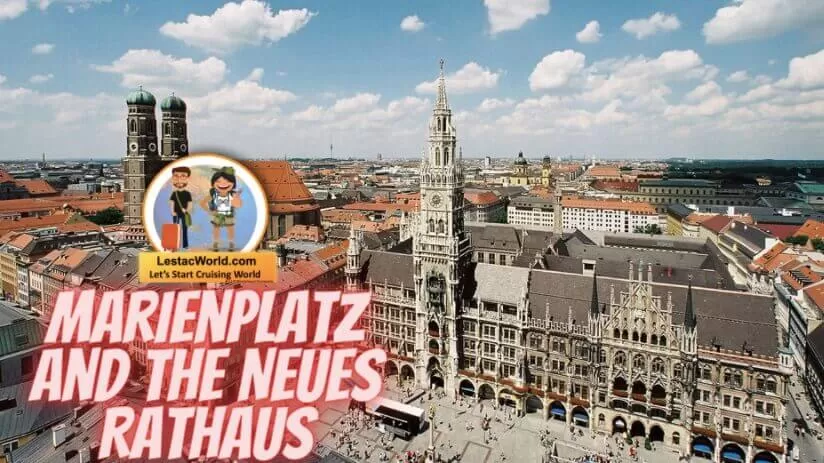
Munich Residenz
The Residenz in central Munich is the former royal palace of the Wittelsbach monarchs of Bavaria. The Residenz is the largest city palace in Germany and is today open to visitors for its architecture, room decorations, and displays from the former royal collections. Know more at Wikipedia
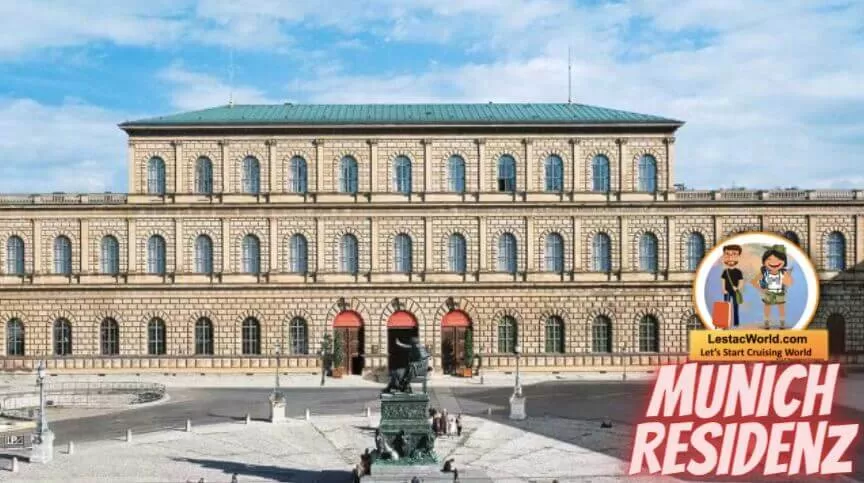





Pingback: Is Finland worth a visit and Famous Places to see in Finland?
Pingback: Famous Places to see/visit in Poland ? LestacWorld.com